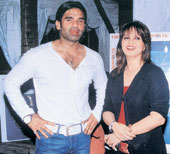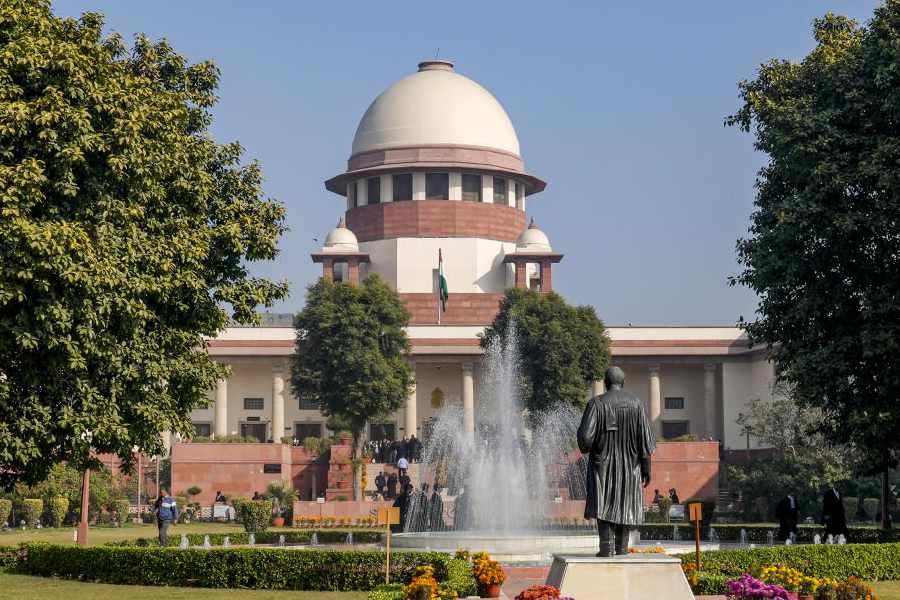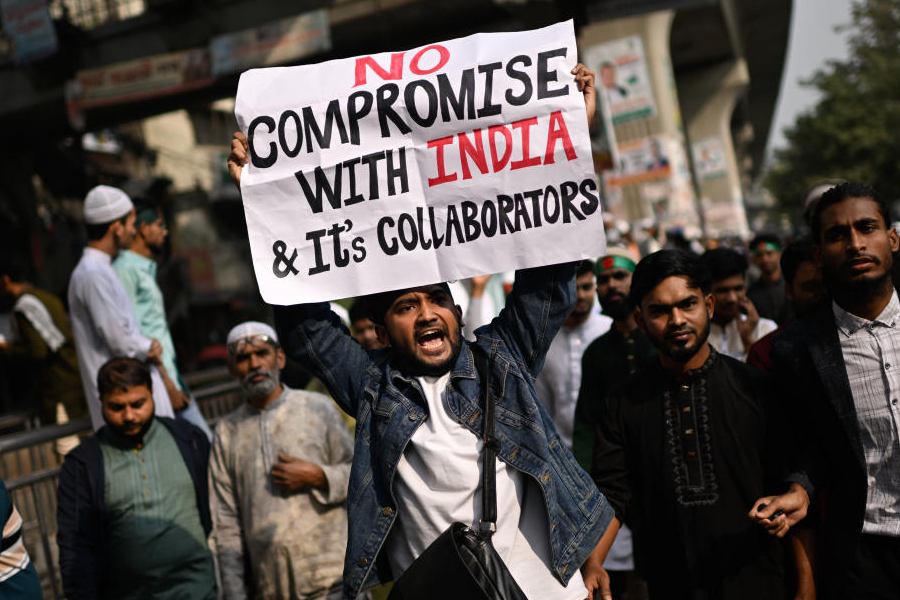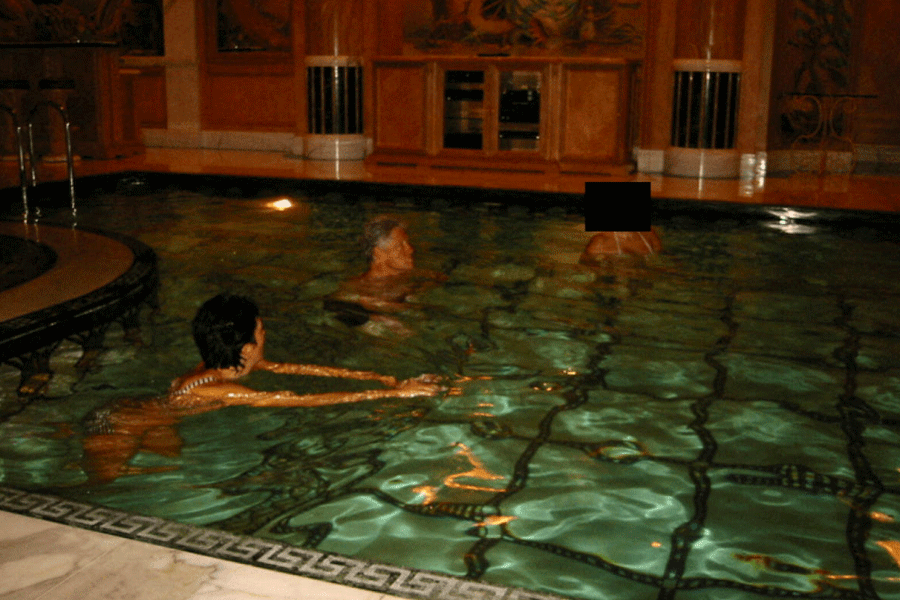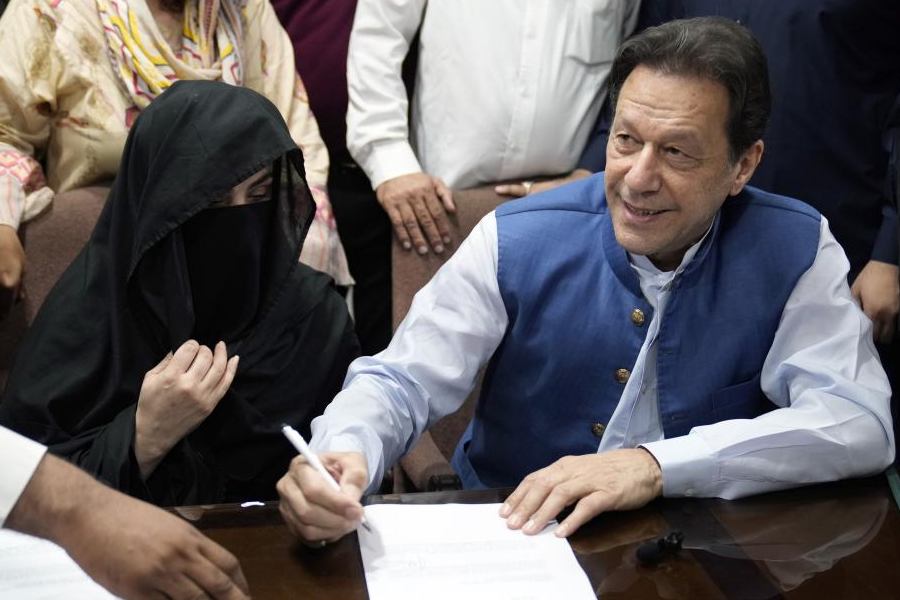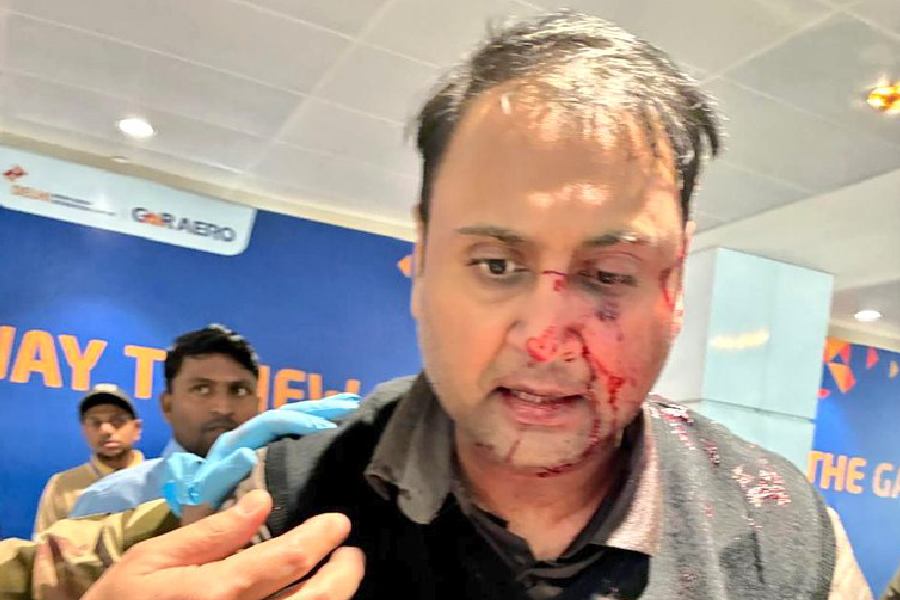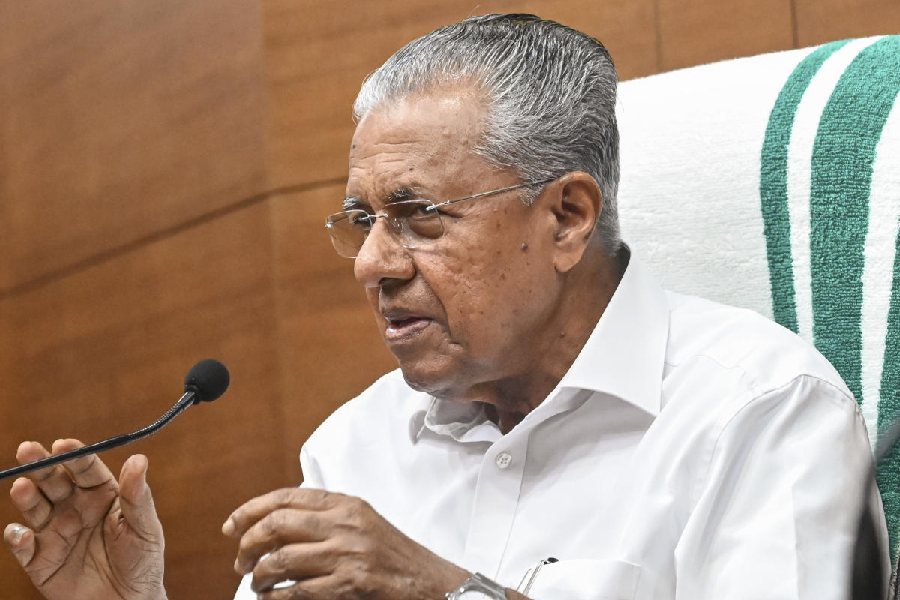 |
 |
 |
| (From top to bottom): Suniel Shetty and Neeta Lulla at the fashion launch; Sangeeta Jindal checks out the offerings at the Paramparik Karigar exhibition; a poster of Tagore on display at the showing organised by the Hungarian Information and Cultural Centre |
Bollywood is not the purveyor of entertainment alone. It has also become a yardstick of Indian fashion and popular culture, especially among NRIs. Cashing in on this, film star Suniel Shetty brought together 20 Bollywood and mainstream designers like Rohit Bal, Suneet Verma, Aki Narula, Manish Malhotra, Lascelles Symmons, Neeta Lulla and Falguni and Shane Peacock to create fashionwear inspired by Hindi films. The pr?t, diffusion, couture and bridalwear lines for men and women will retail at his style lounge, Crossover ? Bollywood Se, in Dubai.
Shetty, who launched the venture with partner Prakash Khubchandani, intends to roll out 10 stores around the world over the next two years. Apart from FBI or Fashion Bollywood Ishtyle, the company behind the outlet, the duo also owns Popcorn Entertainment and Mumbai’s only water sports complex, H2O.
Crossover will also house hair stylist Hakim’s Aalim salon and a Chai Coffi by Caf?, Basilico, which will be run by Farhan Azmi, the owner of Koyla restaurant. The outlet will also retail Adora diamond jewellery.
Before launching the outlet in Dubai, Shetty held a preview of the collections in Mumbai recently. Apart from the actor and his wife, Mana, many of the designers were present at the do. These included Neeta Lulla, Shabina Khan, Deepika Gehani, Shahid Aamir, Meera Mahadevia and Nisha Sagar.
Tribal takes
The market for India’s tribal and folk art is developing, albeit gradually. For instance, Mithila artists Satyanarayanlal and his wife, Moti Karn’s paintings are picked up by European collectors, especially in Germany. Moti Karn’s mother, Karpoori Devi, a national award winner, has even painted works at Japan’s Mithila Art Museum. Or take kalamkari painters, Guruppa Chetty, the first man to win a national award for this craft, and J Niranjan, whose grandfather’s work is on display in London’s Victoria & Albert Museum.
Patrons in Mumbai had a chance to sample the works of master craftsmen like these as part of Paramparik Karigar’s exhibition of Indian crafts and textiles. Founded with the assistance of Roshan Kalpesi, Paramparik Karigar is an association of craftspeople that aims to preserve and promote the country’s traditional art forms. Twenty-five of the organisation’s craftsmen have received national awards.
Apart from Mithila and kalamkari paintings, other works on display were patta chitra from Orissa, Warli paintings, bronzes from Karnataka and leather puppets.
The exhibition, which was inaugurated by Prema Krishna, the wife of the Maharashtra Governor S M Krishna, drew the city’s art patrons and connoisseurs. Spotted among others were Kekoo Gandhy, Sarayu Doshi, Tata honcho Krishna Kumar and wife Ratna, who’s on the Paramparik Karigar’s managing committee and DSP Merrill Lynch’s managing director Shitin Desai and his wife, Sangeeta Jindal.
The Hungarian connection
Rabindranath Tagore and Hungary may seem like an unusual combination but the exhibition organised by the Hungarian Information and Cultural Centre in Delhi recently brought the late Nobel Laureate and the nation together under the same roof to winning effect.
The exposition, part of a curtain raiser of the Hungarian Information and Cultural Centre’s festival season, displayed photographs of the poet during a trip to Hungary and letters from him to his Hungarian friends. In 1926, Tagore had visited Hungary and received treatment at the Balatonfured cardiac hospital. Tagore made an impact during his stay and a bust of him was made and placed in a promenade, named after him, on the shore of Lake Balaton.
“Tagore is one of the most popular Indian poets in Hungary. More than 30 books of his have been translated into Hungarian and continue to be published. The other side of the coin is Tagore’s attitude towards Hungary. The hospitality that he enjoyed in the country left a deep impression on him,” said Dr Imre Lazar, the new director of the Hungarian Information and Cultural Centre.
At the exhibition, visitors can take a look at photographs dating back to October 1926 when Tagore was in Budapest. Also on exhibit is a letter by Tagore to a Hungarian translator and friend that shows how Tagore related to the latter’s sympathy for the poverty stricken. Also contained in that letter is a Bengali poem written by Tagore for the gentleman.
The Centre also presented a lecture titled Tagore and Bengali literature in Hungary by Dr Imre Bangha, Head of the Alexander Csoma De Koros Centre for Oriental Studies at the Hungarian University of Transylvania. Also on the cards was a lecture by Professor Aparajit Chattopadhyay from the School of Language, Literature and Cultural Studies at Jawaharlal Nehru University. The evening also included Rabindrasangeet performed by Krishna Chakarvarti.
 |
| Shantum Seth conducts a meditation session |
Love actually
There is a method even to the madness called love. So says Vietnamese Zen master, Thich Nhat Hanh in his book Teachings on Love that was released recently at Delhi’s Caf? Turtle. Former Solicitor General of India, Ashok Desai, released the book that has been published by Full Circle. At the event, Dharmacharya Shantum Seth took the audience through a session on guided meditation
“It’s not only about self love. You should work towards developing the love between spouses, children and the people around you. You can practise listening to each other and communicating once a week. In this case, there are four stages that involve sharing each other’s problems, regrets and the like,” said Seth and added, “I do it with my wife too.”
Priced at Rs 125, in his book, Hanh offers meditation on love and practical ways to establish relationships. Narrating from the teachings of Buddha and his own experiences, the author offers simple ways and exercises to enrich and fulfil our lives. The importance of ‘Sangha’ or the community, compassion, mindfulness, listening, equanimity and more are also explained. The text reveals very lucidly how easily one can achieve an all-encompassing state of love in its myriad forms and connections.
Delhi photographs by Jagan Negi and Prem Singh

